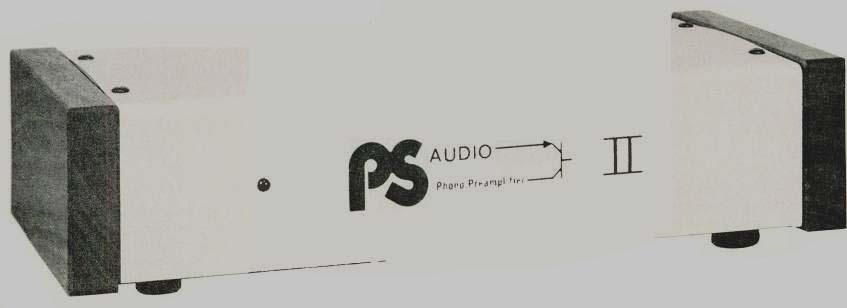
MANUFACTURER'S SPECIFICATIONS:
Frequency Response: RIAA, ±0.5 dB.
Overall Gain: Including equalization, 40 dB.
Input Impedance: 47 kilohms, 150 pF; other capacitance values available on request.
Input Overload at 1 kHz: 190 mV.
S/N Ratio: Referenced to 10 mV input at 1 kHz, 87 dB "A" weighted; 85 dB with 400-Hz filter, and 80 dB unweighted (20 Hz to 20 kHz bandwidth).
Harmonic Distortion for 1V Output: 0.022 percent at 100 Hz and 1 kHz, 0.028 percent at 20 Hz.
Dimensions: 11 1/2 in. (29.2 cm) W x 51 in. (13.3 cm) D x 2 1/2 in. (6.4 cm) H.
Weight: 2.2 lbs. (1 kg).
Price: $99.95.
The recent emphasis given to proper interface between a phono cartridge and its associated preamplifier-equalizer electronics makes PS Audio's little phono preamp-equalizer a worthwhile and interesting product for those audio enthusiasts who are not satisfied with the phono preamps incorporated in their integrated amplifiers or all-in-one receivers. The PS-II is designed to replace such "built-in" preamp-equalizer sections. That is, the user connects cartridge outputs to the PS-II, which provides accurate RIAA equalization and some 40 dB of gain, and the left and right outputs of the unit are then connected to a high-level input (AUX or "spare") on one's amplifier or receiver. To this reviewer the product is a bit reminiscent of some of the very earliest "phono preamps" of the 1950s which were sold for exactly the same purpose when magnetic phono pickups first became popular in high fidelity equipment systems. Those early "one tube preamps" were, however, extremely crude in comparison with this neat little device from PS Audio.
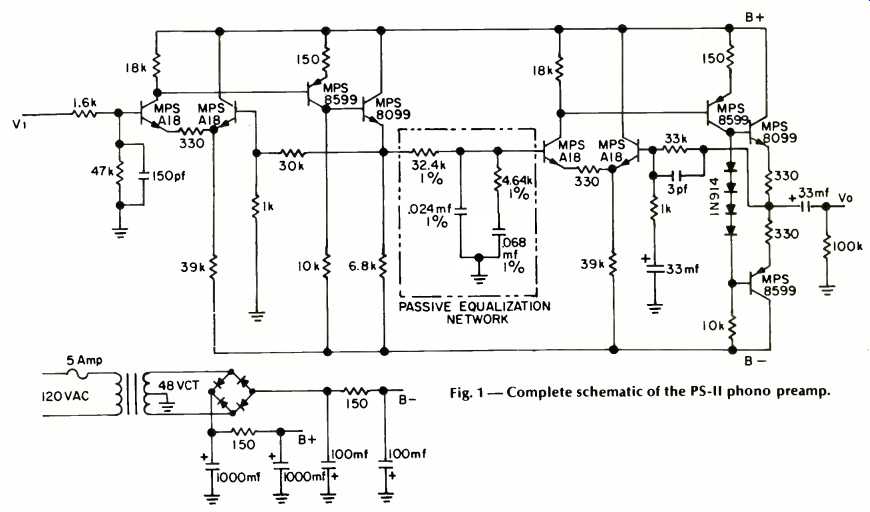
Fig. 1--Complete schematic of the PS-II phono preamp.
Whereas most of today's preamp-equalizer circuits utilize frequency-dependent feedback networks to achieve the required RIAA playback characteristic, the PS Audio PS-II em ploys a completely passive equalization network and 16 high-voltage transistors that make up four high-speed linear amplifier circuits. A complete schematic diagram of the circuit is shown in Fig. 1. The power supply, in addition to delivering high levels of d.c. for the operation of those high-voltage transistors, is also passive and uses two stages of high-capacitance filtering. PS Audio's engineers maintain that this approach leads to better sound compared with using electronically regulated power supply circuitry.
There are no controls on the front face of the PS-II--just a pair of input jacks, a pair of output jacks, a chassis ground terminal, and a fuseholder containing a 1/2-ampere line fuse.
Since the PS-II consumer negligible amounts of power, there is no On/Off switch either, though users will undoubtedly want to connect its line cord to one of the "switched" outlets usually available its line cord to one of the "switched" outlets usually available on the rear panels of associated amplifiers or receivers. An earlier version of the PS-II carried a suggested price of $119.95, but recently, a redesign of the chassis (including elimination of wood side panels) and in creased production has enabled PS Audio to lower the price of the unit to its present suggested level of $99.95.
Laboratory Measurements
Our measurements were made in accordance with the new IHF Amplifier Measurement Standards, which call for an in put reference level of 5 millivolts and an output reference level of 0.5 volts (for preamps). Although there is no gain control on the PS-II, its gain happened to be exactly 40 dB, so that an input of 5 mV produced an output of 0.5 volts (at 1 kHz).
On the basis of these input and output reference levels, the IHF "A" weighted signal-to-noise ratio for the PS-II measured 81 dB. Had we used a reference level of 10 mV (as PS Audio used in preparing their published specifications), we would have come up with exactly 87 dB, as claimed by them.
Figure 2 in a spectrum analyzer 'scope plot of frequency using an RIAA input signal. Note that in this display, the vertical sensitivity of the analyzer was in creased to 2 dB per division (most of these displays supplied in our test reports use a sensitivity of 10 dB per division), and the "flatness" of response is therefore all the more impressive, varying, at most, by no more than 10.1 dB, as opposed to the 10.5 dB claimed.
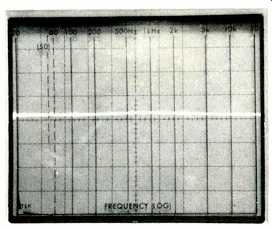
Fig. 2--RIAA compensated frequency response. (Vertical sensitivity in this
scope photo is 2 dB per division.)
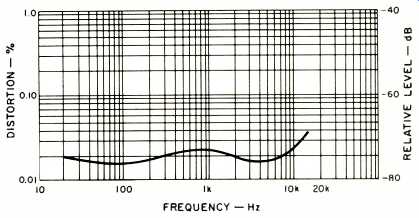
Fig. 3--THD vs frequency for a 5 mV input signal.
Figure 3 is a plot of harmonic distortion versus frequency, for the same input and output reference levels. IM distortion was measured using the 1-kHz difference frequency technique, with input signals set to 14 kHz and 15 kHz. The analyzer, fed with the composite output signal from the preamp, was swept from 10 to 20 kHz, in its linear mode (disregard frequency notations shown at the top of the display, and the two major peaks are the 14 and 15 kHz primary signals. The most significant IM products appeared at 13 and 16 kHz and, calculating the equivalent IM, we came up with a percentage figure of 0.3 percent, which is quite low compared to the IM figures normally obtained from preamps that use negative feedback to achieve required RIAA equalization and a good deal lower than the IM likely to be obtained from even the best recordings using top-grade phono cartridges. These results are shown in the 'scope photo of Fig. 4.
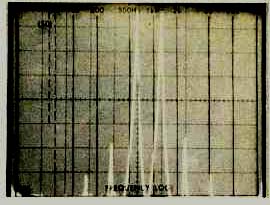
Fig. 4--IHF distortion, using 14 and 15 kHz input signals (tall peaks),
is represented by outputs at 12, 13, 16, and 17 kHz. The sweep is linear
from 10 to 20 kHz and the vertical sensitivity is 10 dB per division.
Phono overload measured 160 millivolts at 1 kHz, a bit lower than the 190 mV claimed, but more than adequate in terms of even the most heavily modulated record grooves found on most direct-to-disc recordings when played with higher output phono cartridges. At 100-Hz signal inputs, overload was 100 mV, while with 10-kHz input signals, the preamp was able to handle signal input levels as high as 420 mV.
Listening & Use Tests
We decided that the best way to evaluate the performance of the little PS-II preamp was to compare reproduction from records by quickly switching cartridge output from the inputs to the PS-II to the phono inputs of a mid-priced receiver. We constructed a switching circuit for this purpose that would enable us to keep cartridge loading constant at correct capacitive loading levels under both listening situations. On the run-of-the-mill musical records, we could detect little if any difference between the receiver's preamp-equalizer performance and that of the separate PS-II. When we switched to playing some of our recently acquired direct-to-disc recordings, the differences were immediately apparent. There was an improved sense of musical presence with the PS-II and absolutely no clouding or masking of sharp transients. Some how, we were better able to pick out individual instruments in complex musical orchestrations using the PS-II than when the same music was reproduced via the self-contained preamp equalizer of the receiver in our test system.
All in all, the PS Audio PS-II seems to be a carefully designed product that will appeal to those who, for budgetary reasons, are confined to using mid or low priced equipment in their hi-fi systems where circuit refinements are at a mini mum, but who value their better record collections enough to warrant this relatively moderate additional investment for improved phono reproduction.
-Leonard Feldman
-----------
(Source: Audio magazine, Feb. 1979)
Also see: PS Audio 4.6 Preamplifier (Sept. 1988)
PS Audio Model PS-II Phono Preamplifier (Feb. 1979)
PS Audio Ultralink D/A Converter [Aug. 1993]
= = = =